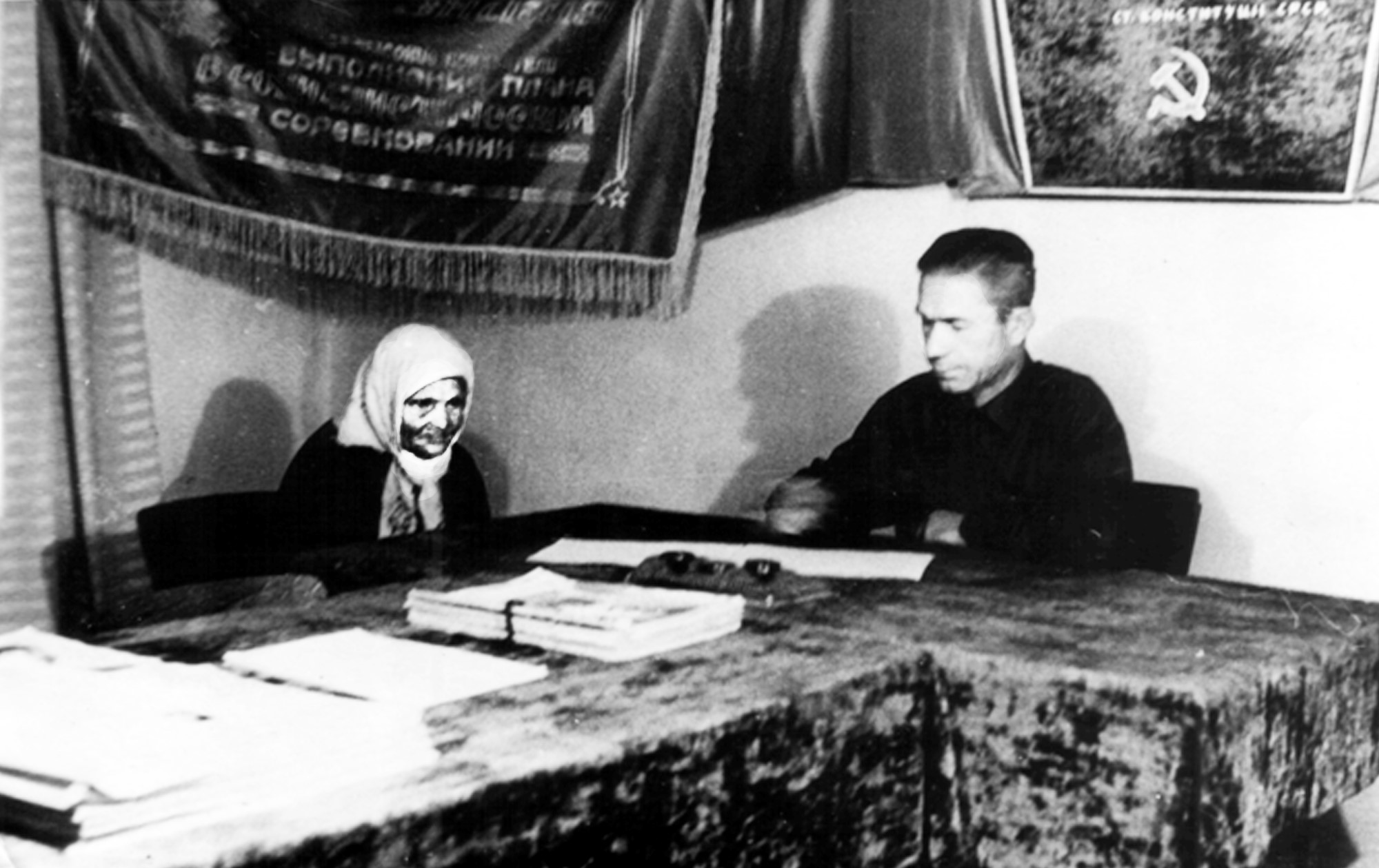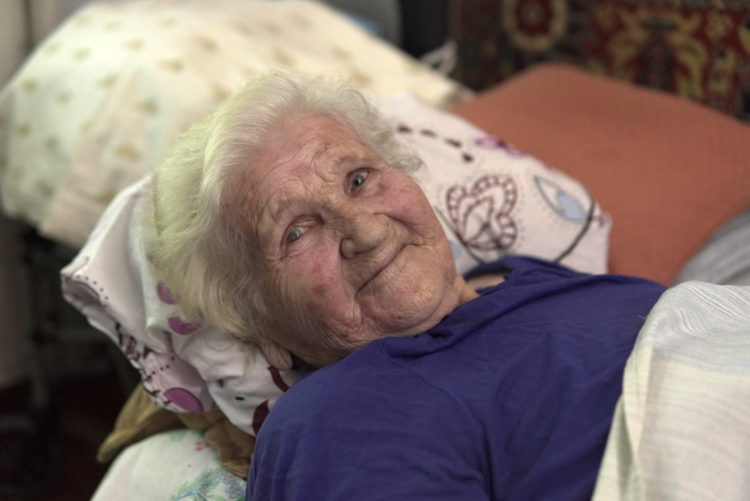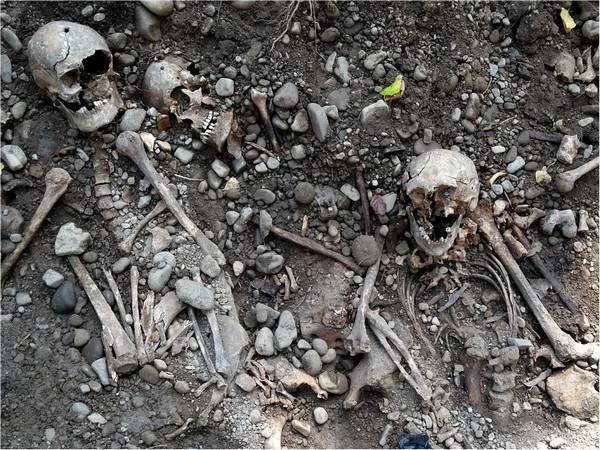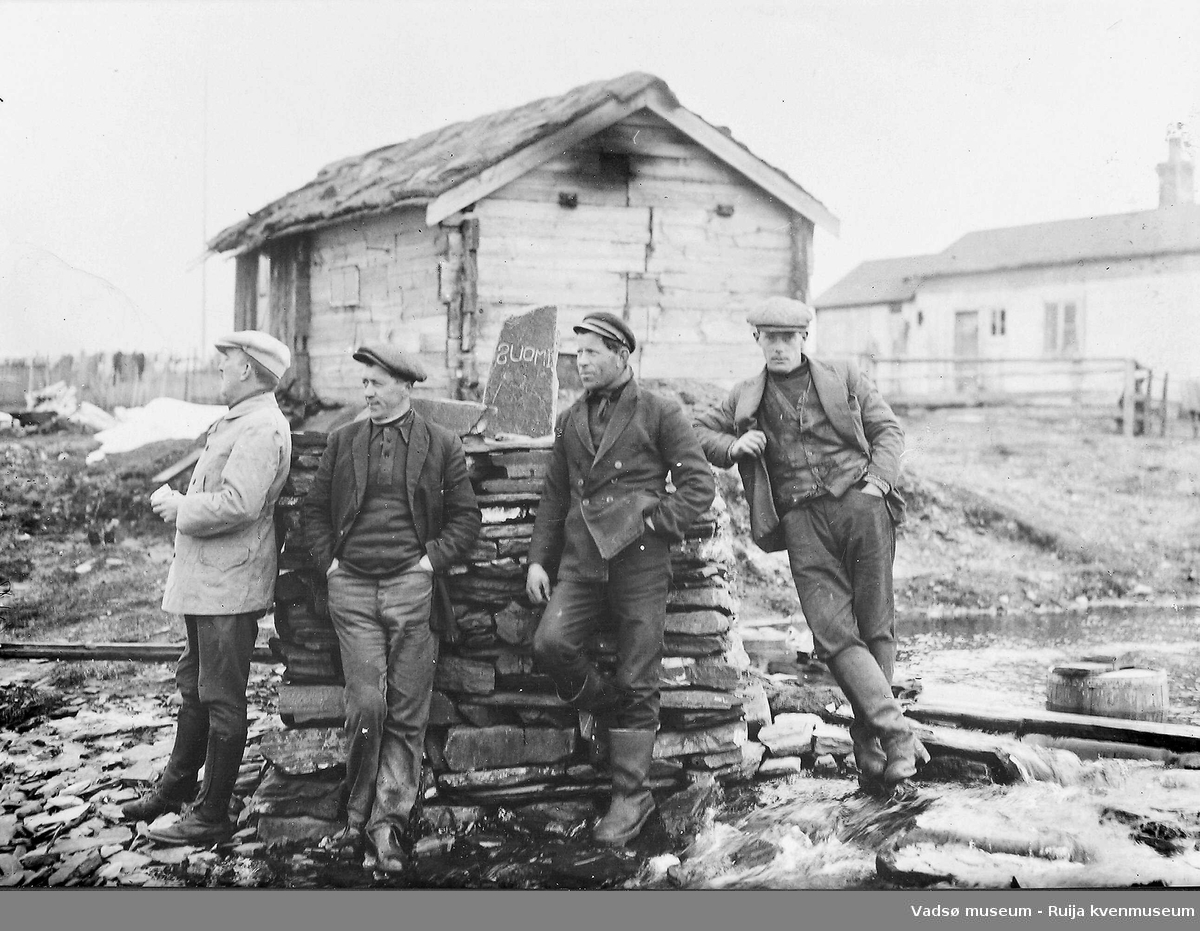Lepetykha was one of such small rivers and the Cossacks built zymivnyks on its shores. First permanent settlements appeared on the site of the former Cossack winter houses only in the late 18th century. The largest of them was the village of Velyka Lepetykha. Its name most likely comes from the name of the river. In the 19th century, agriculture was actively developing in these parts of southern Ukraine, which led to economic growth. The fact that that the largest annual fairs in the whole region were held in Velyka Lepetykha and attracted people from all over serve as evidence to its growing influence.
Despite the turbulent events of the early 20th century, Velyka Lepetykha remained one of the largest and richest villages in southern Ukraine with about 4,000 family homes.
The first significant blow to the region was the mass terror famine of 1921-1923 engineered by the Soviets.
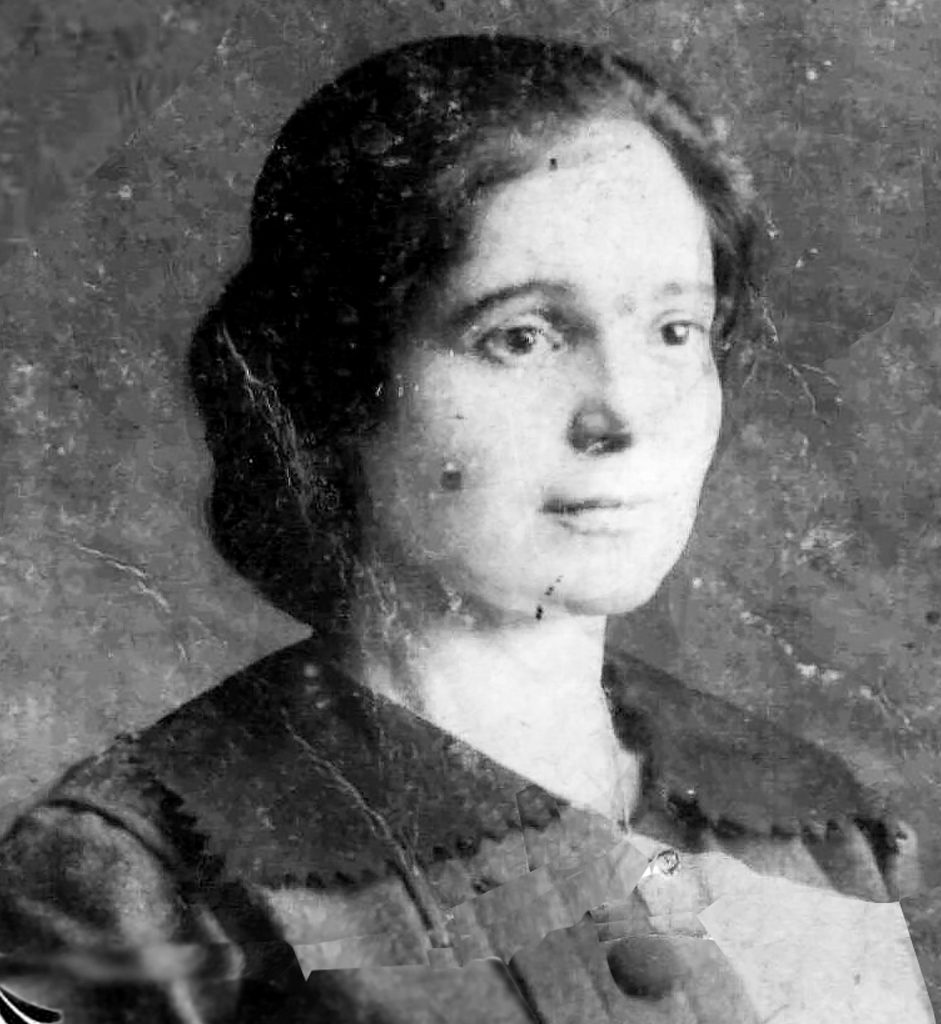
Nevertheless, in the early 1920s during the period of NEP, residents of Velyka Lepetykha were able to rebuild their farms. Many of the farmers became successful and expanded their farms.
Dekulakization
However, very soon the communist totalitarian regime started the campaign of dekulakization.
There is information about the scale of dekulakization in the region in the diary of Makar Kryvtsun, who was an aktivist.
Considering that the purchase contract of the dekulakized Lych family home stated it was sold for 250 rubles, this would indicate that sum of the 10,000 rubles that Kryvtsun brought to the Communist Party committee coffers every day was equivalent to the price of 40 houses!

A relic of these times in Velyka Lepetykha is the half-ruined building of the barn, which also once belonged to kulak Pylyp Lych. Even nowadays the size of the building is impressive. In 1941, during the German occupation, Pylyp Lych’s wife managed to regain the farm confiscated by the Bolsheviks, but, after the Soviets returned in 1944, the farmland was again taken by the kolkhoz and the house was transferred to a family named Lytvynenko.
In the early 1990s the problem of restitution to the descendants of kulaks and other “enemies of the people” was under consideration, but the family of Pylyp Lych did not get back the property of his ancestors. Some people did receive monetary compensation, but that quickly depreciated under the rampant inflation of the early 1990s. However, this process yielded at least one positive result: thousands of kulaks were exonerated and convictions in criminal cases against them were expunged.
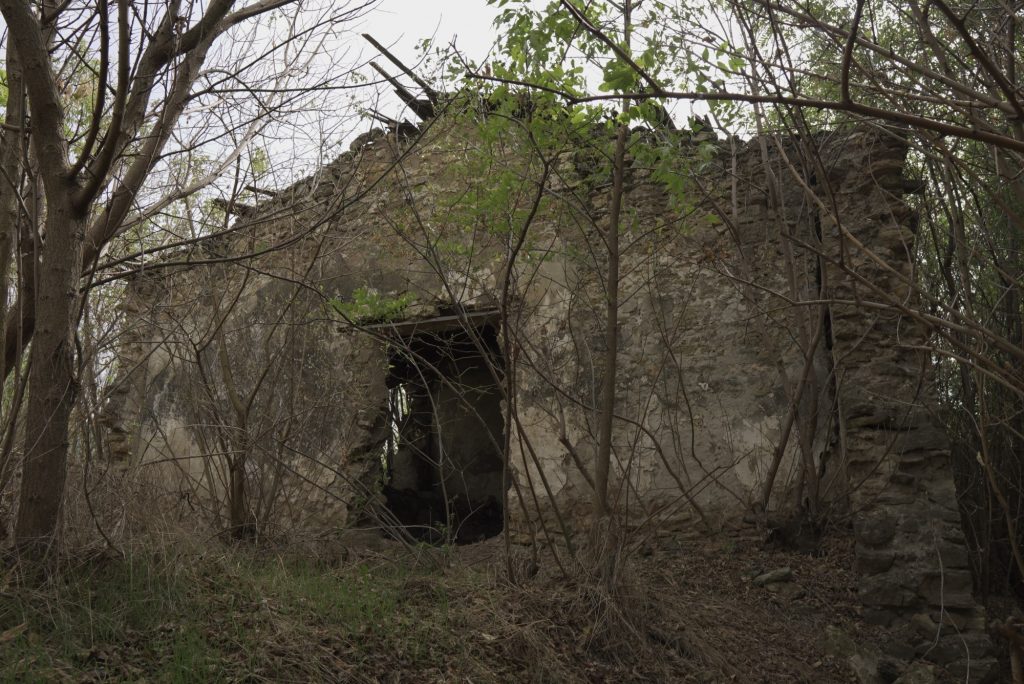
Dekulakization reached a large scale: dekulakized residents of Velyka Lepetykha and surrounding villages were moved about 30 km away from Velyka Lepetykha to an area with soil inappropriate for agriculture called Kairska Gulch.
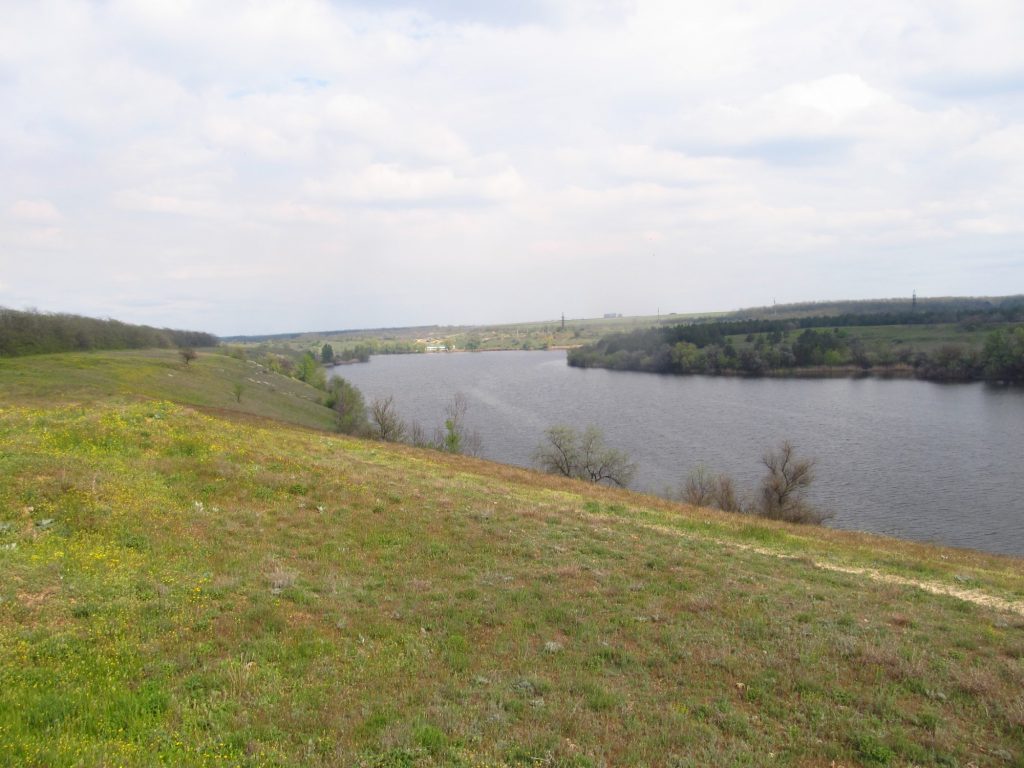
Local witnesses of the genocide of Ukrainians also describe the dekulakization.
By evicting kulak families from their homes and confiscating all their property, the communist totalitarian regime left them almost no chance for survival, but even in such extremely adverse conditions, these industrious and resilient people managed to provide for themselves and their families.
The regime went further and then exiled the “kulaks” to Siberia. Such a fate befell Tamara Konoshchuk’s relatives.
Grain procurement
Dekulakization was only the beginning of the suffering Ukrainians had to live through during the late 1920s and early 1930s. After the communist totalitarian regime repressed the people considered to be most active and dangerous, the searches began under the pretext of carrying out so-called grain procurement plans, which were in fact one of the mechanisms of genocide.
However, materials of the party purge carried out in the Velyka Lepetykha district in December 1932 show that some local officials were aware of the unrealistic nature of the grain procurement plan and refused to follow the instructions “from above.” Many of them paid for it with the loss of their positions, expulsion from the party, and even with the loss of their freedom.
For example, a communist party member Myna Maiboroda refused to head the collective farm and exploit his fellow villagers. He thought the grain procurement target was unrealistic and only 20% of the goal was attainable.
Another striking example of punishment for humanity in the terrible times of genocide is the story of Petro Horyshyn, the commissioner for grain procurement on the kolkhoz named “Bolshevik.” The management of the collective farm employed tactics to survive during the Holodomor. They intentionally threshed the harvest poorly resulting in a lot of grain left in the waste (straw). The committee decided to thresh this straw again, but Petro Horyshyn delivered it to the kolkhoz members as if for fuel (and in fact, for eating). In addition, a lot of grain was left unguarded on the collective farm field under the snow: the party purge commission found a “hump of unthreshed millet and 25 baskets of millet not sifted,” which the collective farmers could “steal.” For such actions, allegedly “aimed at the collapse of the collective farm and disruption of the implementation of the grain procurement plan,” Petro Horyshyn was expelled from the party and brought to trial. (Source: State Archives of Kherson Region, fund 104, inventory 1, case 105, sheets 85-91).
At the same time, in the local party cell, there were many who carried out the unrealistic grain procurement plan “with Bolshevik zeal.” Often these people had no authority among the local population, were bad farmers, and even drunkards. For example, the commissioner for grain procurement at the local machine-tractor station, Vasyl Obukhov, successfully passed the party purge and continued to participate in the confiscation of grain and food despite having been “reprimanded by the party center for drinking,”. (Source: State Archives of Kherson Region, fund 104, inventory 1, case 105, sheets 85-91).
Tamara Konoshchuk, an eyewitness to these events, recalled how the searches took place in the village of Kniaze-Hryhorivka. The woman called all the members of the confiscation brigades by the word “the Soviets.”
Also, Tamara Konoshchuk remembers the confiscation of fish the locals caught in the Dnieper floodplain.
After the majority of Ukrainian farmers were forced into collective farms, the regime received millions of free and defenseless laborers. People worked for the so-called “working days” credit tally (trudodens), for which almost no pay or food was subsequently issued.
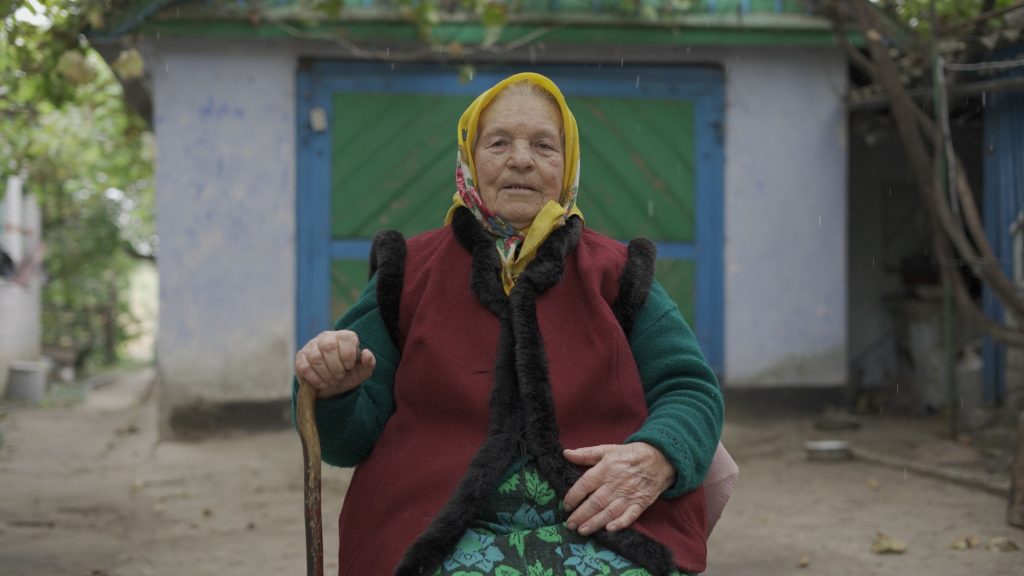
The justification for the food confiscation that the Soviet government used at first was a system of so-called “contract agreements” that individual farmers were forced to sign with the Soviet state and cooperative food procurement organizations. The contracts obligated the farmers to deliver a predetermined amount of grain to the state. These commitments had been enforced since the 1920s. However, the “norms” established in the contracts were unattainable so the farmers were deprived of literally all the grain and food they produced, leaving them to starve.
In 1933, this contractual system was replaced with compulsory “hard assignments.” This change formally abolished the last pretense of voluntary contractual relations between farmers and the communist state.

Mass mortality
Based on eyewitnesses’ accounts and historians’ research, we can confirm the mass deaths in Velyka Lepetykha and surrounding villages in 1932-1933.
Local historian Mykola Marchenko says that the death rate in Velyka Lepetykha reached one third of the total population of the village.
Exhausted by starvation Ukrainians could no longer properly bury their starving relatives, friends, and neighbors in accordance with traditional rites.
One of the mass graves of the Holodomor victims is located on the outskirts of Velyka Lepetykha. After the restoration of Ukraine’s independence in 1991, the residents of the village honored the innocent victims of the Holodomor genocide.

Another place where the bodies of those killed by famine in 1932-1933 were carried is located on the territory of a modern park, which was recently named after the Holodomor victims. According to historian Mykola Marchenko, there was a cemetery on this site, which the local Soviet administration destroyed in the 1980s, and built a nature park there instead, named “Victory Park” [after the victory in WW2].
“They must have meant victory over the Holodomor victims,” the local historian jokes bitterly.
Nowadays, a cross and a monument are erected here. The local Church of St. Nicholas is located nearby.
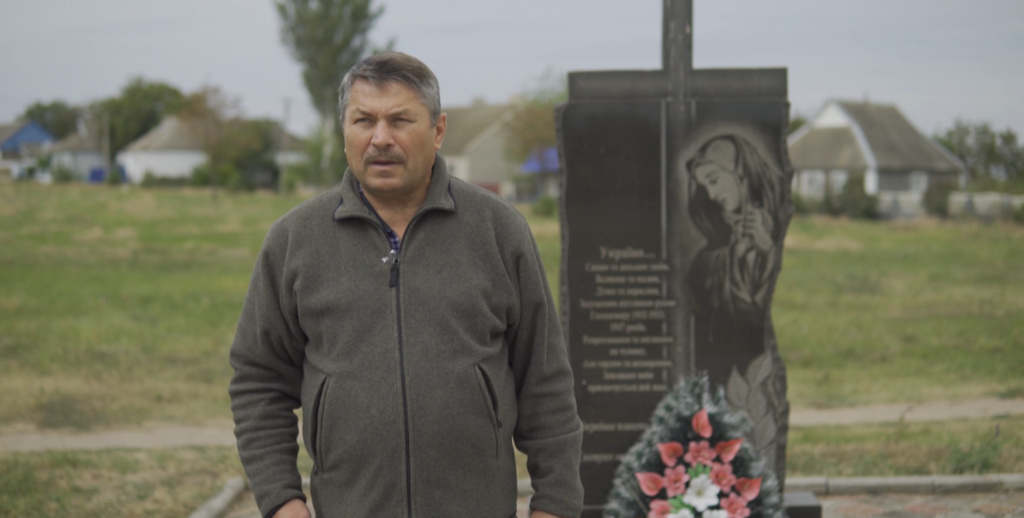
In the neighboring village of Kniaze-Hryhorivka, the mass graves of the Holodomor genocide victims have not been maintained and no memorials have been erected. These graves are located within the territory of former cemeteries, which are now overgrown with grass and are used for cattle grazing.
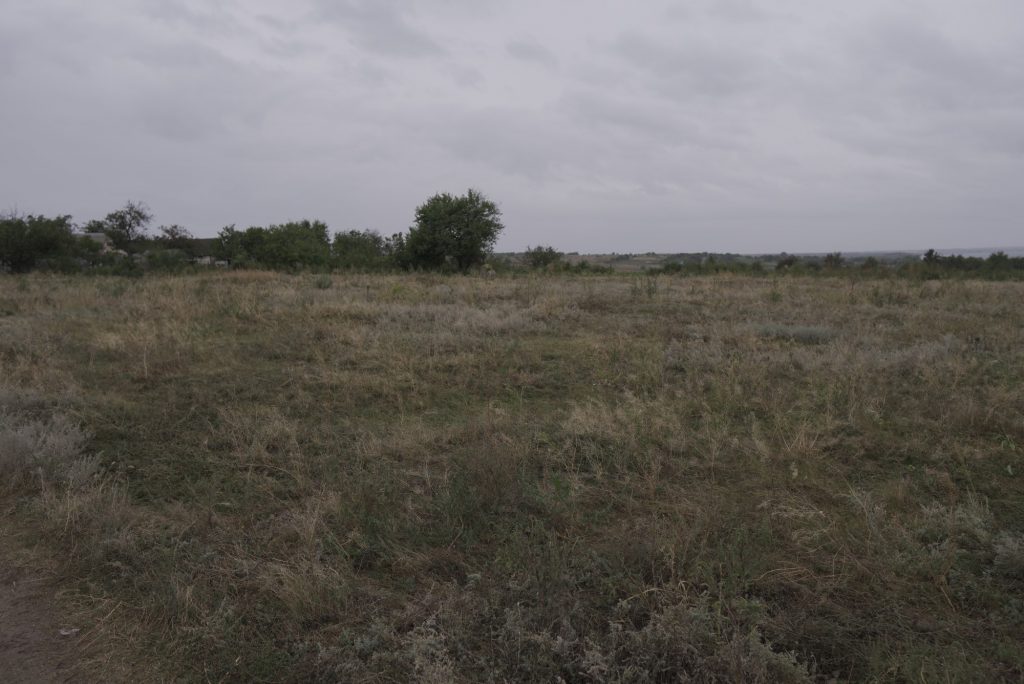
Conclusion
In the ancient agricultural heartland of Tavria on the banks of the Dnieper where Velyka Lepetykha is located, the Holodomor genocide reaped its bloody harvest. Hundreds of people were dekulakized and exiled, and thousands of those who remained were starved to death. Neither the Dnieper floodplains, rich in fish and other resources, nor its fertile soils, nor even the attempts of individual communist party members to disobey orders from above could cancel or mitigate the criminal decisions from the highest level of the communist hierarchy, to exterminate Ukrainians. However, the memory of the Holodomor in the region still lives on in the memories of witnesses, in the monuments erected at mass graves of its victims, in buildings that have survived from the 1930s to the present day, and in the studies of local historians who restore the truth by researching in the archives.
The interviews with Mykola Marchenko, Tamara Konoshchuk, and Hanna Babenko were recorded by the staff of the Holodomor Museum during the expedition to the villages of Velyka Lepetykha and Kniaze-Hryhorivka of the Kakhovka district of the Kherson oblast within the project “Holodomor: Mosaics of History. Unknown Pages” supported by the Ukrainian Cultural Foundation.
Further Reading:
- My granny stole pig food for us grandchildren but died of starvation herself | Voices of Holodomor witnesses
- Half our village died of starvation, mostly the elderly | Voices of Holodomor witnesses
- My neighbor buried her three children | Voices of Holodomor witnesses
- Every day two or three people died in our village | Voices of Holodomor witnesses
- My village once saw twelve people die of hunger in one day | Voices of Holodomor witnesses
- My family survived Holodomor by eating waste left from sugar production | Voices of witnesses
- Surviving in the “collective farm paradise”: voices of living Holodomor witnesses
- How my father saved his co-villagers from starvation during the Holodomor
- My neighbors escaped starvation by eating grain stored by field mice | Voices of Holodomor witnesses
- “Let me take the wife too, when I reach the cemetery she will be dead.” Stories of Holodomor survivors
- Stalin’s management of Red Army proves Holodomor a Soviet genocide against Ukrainians
- Holodomor in Kharkiv through the lens of Austrian engineer: photo gallery
- Holodomor: Stalin’s punishment for 5,000 peasant revolts

